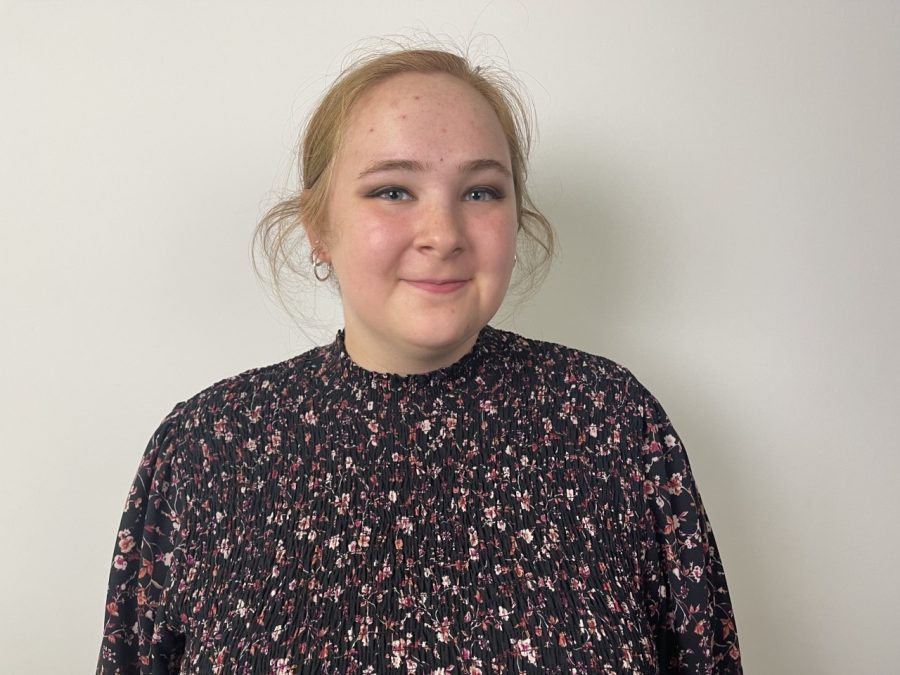COLUMN: A safe place in the classroom
September 22, 2021
Do you remember your kindergarten classroom? Was it decked out in bright colors and fun posters? Did your teacher hang up everyone’s art projects? It seemed like a fun and exciting room, right? If your work was hung up, it was the best work you’d do in your life. The bright colors of a picture book just helped the story come to life. You may have even called your teacher mom or dad because they helped you tie your shoe or put a bandage on a scrape.
But as we grow up, the classrooms seem to get duller and duller. Your teachers just expect you to listen and repeat the information back on a test. Nerves are increased as teachers lecture you on “real life” instead of songs that help you learn the alphabet or counting. The lessons and material don’t seem as bright and fun as they used to. The fluorescent lights and squeaky desks just don’t seem as comforting as the big colorful rug and art in our grade school rooms. What if you walked into a lecture hall tomorrow and just felt invited and like you could accomplish anything?
Comfort in the classroom is a big aspect of my learning experience. As a future educator, I want that to be a big aspect of my classroom organization. I don’t mean big recliners or room service though. I want my students to be comfortable expressing their thoughts and emotions.
A positive learning experience begins when students ask questions and truly understand the material. I want them to know that it is okay to show vulnerability or flaws.
We all have flaws and guess what? It’s completely fine. We weren’t made to be perfect. That’s why we learn life lessons by experience or other’s experiences. For example, a student fails a test. I am not going straight to them to tell them they didn’t try hard enough or they aren’t worthy to be in the class. I am going to sit them down and talk through what happened, what they struggled on, and what I can do to help. Teachers should be there to help students. They need to be there to let students know that it’s okay to struggle. It all starts with an accepting atmosphere.
An accepting atmosphere includes key rules.
First, we are all the same, no one is better than another. A GPA or personal choice does not determine anything.
Second, it’s okay to not understand the material. Questions should be welcomed and explained.
Third, it okay to show emotions. Do you feel passionate about a subject? Go for it! Express how you feel. You need a minute to decompress after a heavy subject, go ahead. Take a walk and get a drink. The classroom should a place of positive learning. The definition of positive learning starts by how a student and teacher define it.
Ellen Dooley is a freshman special education major. She can be contacted at 581-2812 or emdooley@eiu.edu.





































































